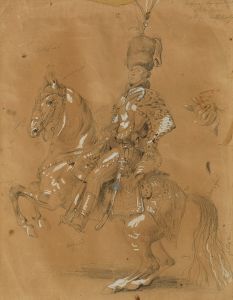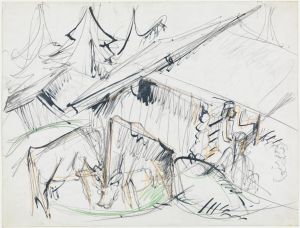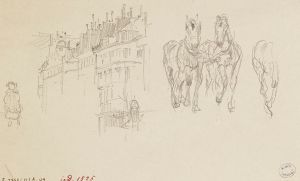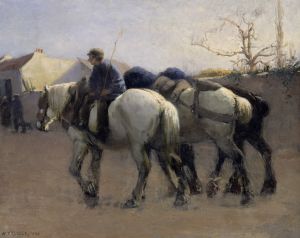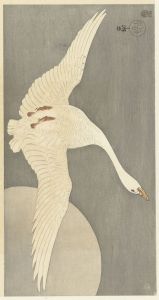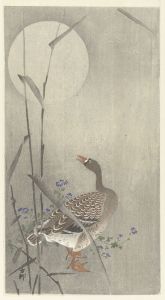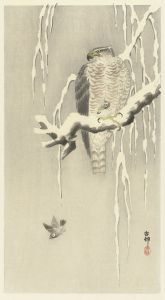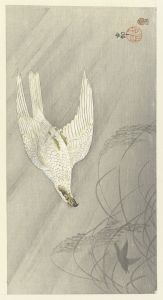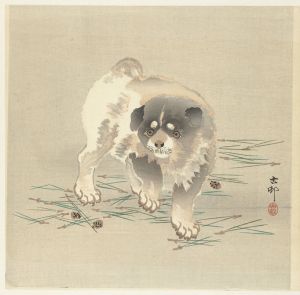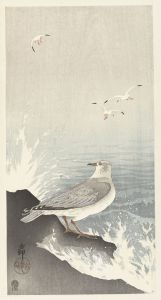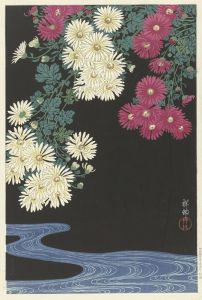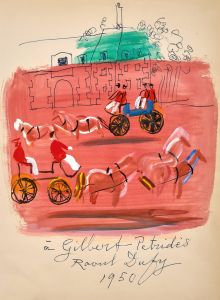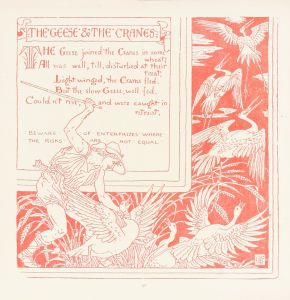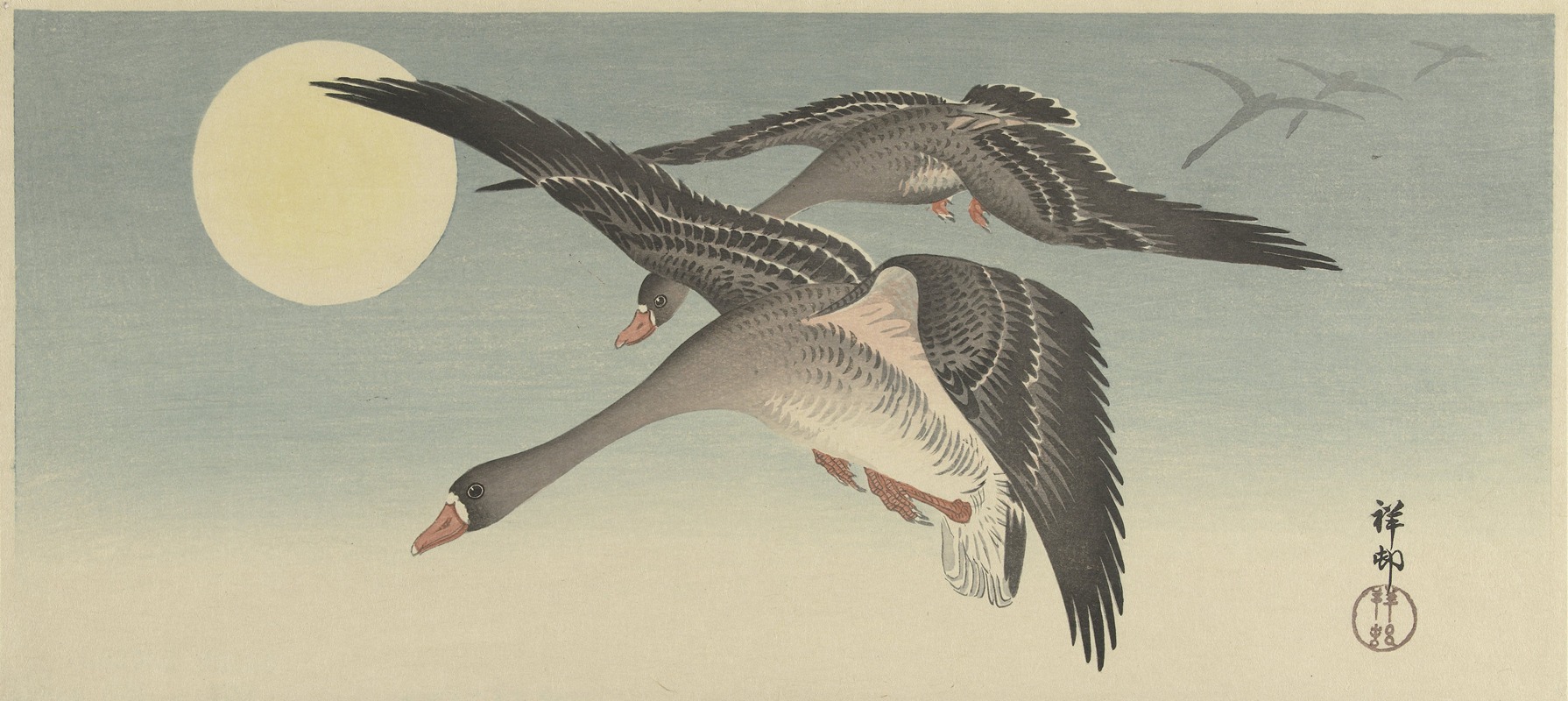
Geese at full moon
A hand-painted replica of Ohara Koson’s masterpiece Geese at full moon, meticulously crafted by professional artists to capture the true essence of the original. Each piece is created with museum-quality canvas and rare mineral pigments, carefully painted by experienced artists with delicate brushstrokes and rich, layered colors to perfectly recreate the texture of the original artwork. Unlike machine-printed reproductions, this hand-painted version brings the painting to life, infused with the artist’s emotions and skill in every stroke. Whether for personal collection or home decoration, it instantly elevates the artistic atmosphere of any space.
Ohara Koson (1877–1945) was a prominent Japanese artist known for his exquisite woodblock prints, particularly those depicting birds and flowers, a genre known as kachō-e. His work "Geese at Full Moon" is a quintessential example of his mastery in capturing the delicate beauty of nature through the traditional Japanese woodblock printing technique.
Koson was part of the shin-hanga movement, which sought to revitalize traditional ukiyo-e art with a modern sensibility during the early 20th century. This movement was characterized by its focus on traditional subjects such as landscapes, beautiful women, and nature, but with an emphasis on individual expression and the use of vibrant colors and detailed textures. Koson's work, including "Geese at Full Moon," reflects these principles, combining traditional Japanese aesthetics with a fresh, modern approach.
"Geese at Full Moon" is celebrated for its serene and atmospheric depiction of geese flying across a moonlit sky. The composition typically features a group of geese in mid-flight, silhouetted against a large, luminous full moon. The use of subtle gradations of color and the careful attention to the play of light and shadow create a sense of depth and movement, drawing the viewer into the tranquil scene. The print exemplifies Koson's skill in conveying mood and emotion through minimalistic yet evocative imagery.
Koson's attention to detail is evident in the delicate rendering of the geese's feathers and the gentle ripples on the water below, which reflect the moonlight. The artist's ability to capture the essence of the natural world with such precision and grace is a testament to his deep understanding and appreciation of his subjects. This particular work is often praised for its ability to evoke a sense of peace and contemplation, inviting viewers to pause and appreciate the beauty of the natural world.
The popularity of Koson's work, including "Geese at Full Moon," extended beyond Japan, particularly in the United States and Europe, where collectors and art enthusiasts were drawn to the elegance and simplicity of his prints. His works were often exported and became part of the broader appreciation for Japanese art and culture in the West during the early 20th century.
"Geese at Full Moon" remains a significant piece within Koson's oeuvre and is frequently included in exhibitions and collections of Japanese art. It continues to be admired for its artistic excellence and its ability to capture the timeless beauty of nature. Through works like this, Ohara Koson has left a lasting legacy in the world of art, influencing both his contemporaries and future generations of artists who seek to blend traditional techniques with modern sensibilities.





